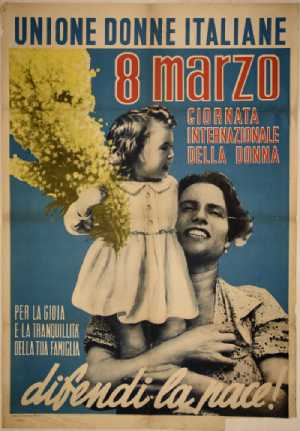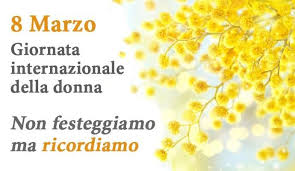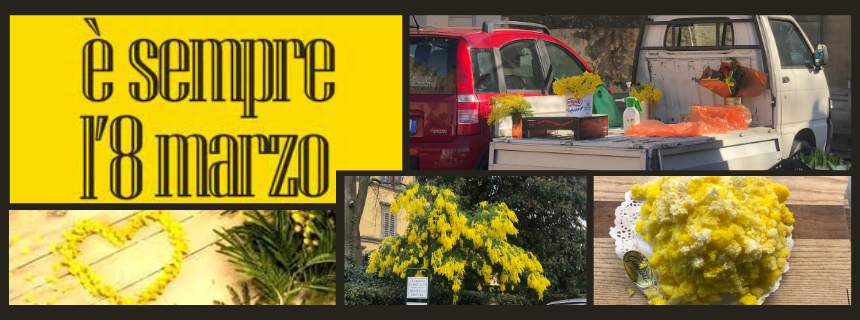Why was it that I hadn’t heard of International Women’s Day until I was living in Italy as a young adult? Most Italians I knew were quite familiar with the origin story, which had played out in the U.S., and were quick to share it with me. They also were eager to teach me that the mimosa is a flower not only a cocktail, and that gifting it is a special Italian tradition that I’ll touch on further below.
We can trace the roots of International Women’s Day to March 25, 1911, when a terribly destructive fire at the Triangle Shirtwaist Factory in New York’s Greenwich Village killed 146 garment workers. The majority of victims were newly arrived Jewish or Italian immigrant women, some only teenagers. It was then that a group of feminists called for the establishment of an annual international commemoration of women, the date of March 8th would be finalized many years later.
That was 113 years ago and we’re still fighting for equality and equal pay, for safe labor conditions, against workplace discrimination, and for balance between our home and professional lives. We are also still marching for peace, for choice, for all our sisters and our children, our planet, and for an end to violence and hate.

In Italy in late 2023, voices were raised even louder than before, and with even more anger and urgency, as people took to the streets, protesting in the aftermath of the death of Giulia Cecchettin, an unwitting poster woman for the country’s fight against domestic violence and femicide.
This March 8 feels particularly poignant and the mimosa flowers, the bright and fragrant yellow buds that are presented to women all over Italy throughout the day, bring with them even more meaning this year.
I learned of the tradition when I was first handed a mimosa branch wrapped in plastic, tied with a yellow ribbon. At the time, I did not know that on International Women’s Day, it is customary, all over Italy, to give the gift of a mimosa branch.
Why the mimosa?
Well, there are practical and sustainable reasons as is often the case in Italian culture. Since the mimosa tree blooms throughout the peninsula in February and early March, it was a perfect choice.

In 1946 Teresa Mattei, a politician and feminist, deemed it the symbol of the holiday. It was ubiquitous, cheap, and robust and hence an emblem of equity and strength; the mimosa tree also thrives in adverse conditions, so it imparts an important message of resilience. It is also a vital part of Italy’s indigenous vegetation.
For me, personally, the mimosa served as a multi-sensorial key to cultural understanding and is still today a strong reminder of togetherness, singleness of purpose, and tenacity.
If you are lucky enough to be in Italy to experience La Festa della Donna, you’ll find lots going on, day and night, so be sure to make reservations, especially if you’re planning on eating out. Groups of women tend to make big plans and restaurants, bars, and clubs host theme nights and the like. Many museums will offer free admission to women.
If you would like to participate actively, you can find mimosa flowers everywhere: you’ll see them in small bunches or bouquets, often conveniently pre-packaged at florists, supermarkets, and even by the side of the road, sold out of trucks.

There are, of course, upgraded and updated versions; it’s very common to send texts and digital mimosas on March 8, which I prefer since I love the sight and significance of the flower but find the aroma to be a bit too much for me.
I also am a big fan of the mimosa cake, which I like to buy from my local pastry shop, Pasticceria Gualtieri, and share with the women in my life.


